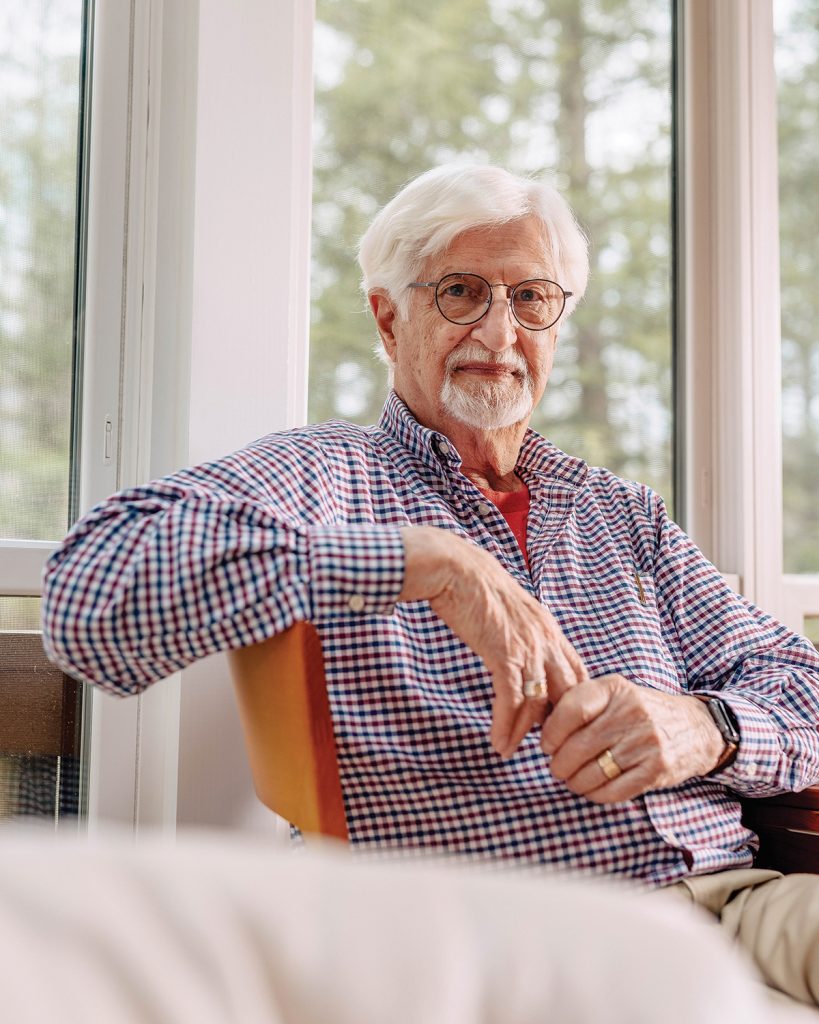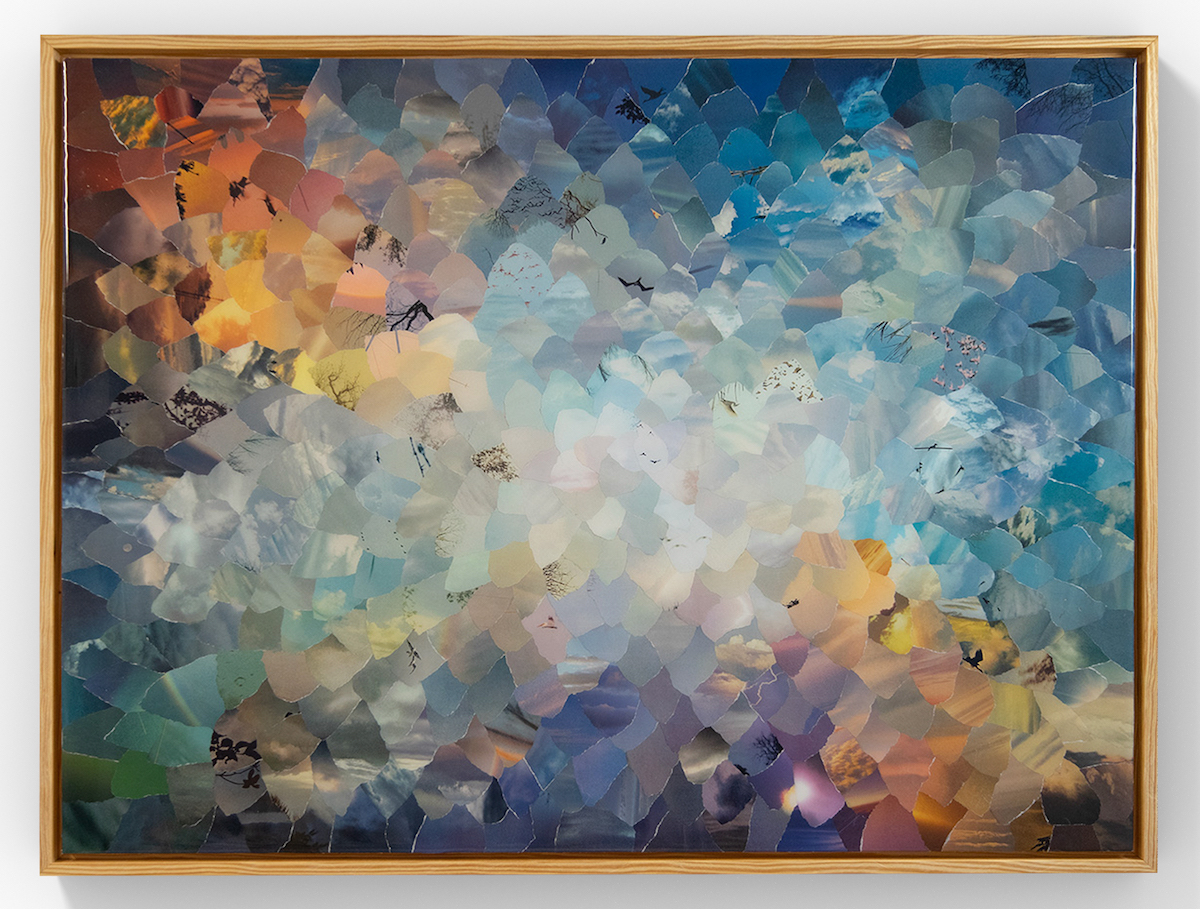Accomplished watercolorist learned composition during his first career

PRECISION DECISION
John Anderson found his skills best suited to realism.
Portrait by Clark Hodgin
When John Anderson retired to Hendersonville after a four-decade architectural career, he began looking for an activity that would build on the drawing skills that had been his stock-in-trade for so many years. “Someone suggested watercolor was a challenging medium,” Anderson remembers, “and I discovered that a series of classes were being offered at Blue Ridge Community College, so I signed up.” That was more than 15 years ago, and was the beginning of a second career for Anderson as a respected watercolor artist, known for his highly detailed still lifes.

Pears and Silver
Anderson’s work, in its bold lines and deeply colored palette, is a departure from watercolor’s reputation for lightly washed and tinted images. “I’m sure my detail-oriented background in architecture drove my evolution from painting landscapes to doing realistic still lifes,” he says. A graduate of Drexel University in his native Philadelphia, Anderson worked on key architectural commissions from Ohio to Florida — projects that required highly detailed pen-and-ink drawings which he would often color with markers or colored pencils. “The only classes I remember from college had to do with drawing in perspective in order to render building designs,” Anderson notes. “But in elementary school I did have a classmate who sat behind me who was very skilled at drawing figures from comic books. I admired his talent and wanted to be able to do that myself.”

Low Country Boil
Studying at first under James Morrison at BRCC, Anderson adopted an annual schedule of attending workshops offered by other watercolorists, working with such notable artists as Laurin McCracken and Matthew Bird, both known for their still lifes and floral paintings. “While they often work in styles different from my chosen approach, I always learn something I can apply to my work,” Anderson says.
His own subject matter is drawn from his collection of glass and silver objects, often adorned with the lace he also prizes. Once he’s assembled an arrangement that seems promising, the next step is photography. “I’ll take a dozen or so photos, often rearranging the items to produce different compositions,” Anderson explains. “Once the photos are in the computer, I review them to select the one with the best chance of producing a strong composition.” The selected photo is then used to create a gray-scale print on lightweight paper, which is then transferred to watercolor paper as an outlined image to serve as an underdrawing. “I guess it’s ironic that after drawing professionally for almost 50 years, I wind up doing it this way,” he notes. “However, from time to time I feel the need to tweak the composition, and I’ll draw in a new element purely from my imagination, relying on my understanding of perspective and how shadows are cast.”

Wine and Cheese
Using standard “wet on wet” watercolor techniques to blend colors for certain areas of a painting, Anderson achieves the sharp detail and precise lines that characterize his work by painting directly onto dry paper. This allows for highly complex detail, especially evident in his compositions featuring his favorite Battenberg lace. It appears in a recent work, “Pears and Silver,” an example of Anderson’s facility in rendering reflective surfaces by blending shades of gray and white while capturing the detail of the lace’s fine mesh.
Anderson’s other talent, as a woodworker, is put to good use making his own frames for his paintings. After completing James Morrison’s classes at BRCC, Anderson wanted to enter two of his paintings into a Hendersonville show. “I took them to a local framer and wound up with a bill of over $300 — so I decided to make my own frames.” He favors Appalachian hardwoods such as oak, walnut, cherry, and maple.

Pomegranate and Butterflies
Now a respected member of watercolor societies around the country, Anderson views his work as a natural extension of his architectural training. “Watercolor painting requires advanced planning before starting a new work,” he points out. “I’d been planning for my entire career.”
John Anderson, Hendersonville. Anderson is represented by The Gallery at Flat Rock, 2702-A Greenville Hwy., galleryflatrock.com. For more information, see johnandersonwatercolors.com.



